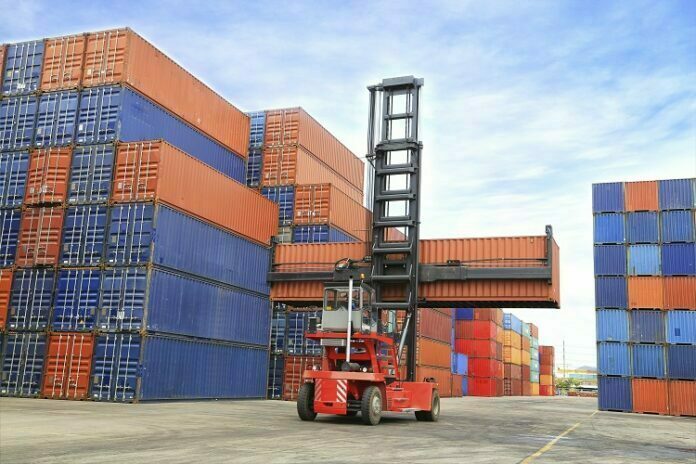For centuries, we have manhandled goods off and on to various forms of transport as essential cargo is transported from one place to another, and this presented many problems, especially when loading and unloading. Fortunately, manpower was in abundance and we continued to move things the way we always have, until the 1940s, that is.
Early Containerisation
The very origins of todays container can be traced back to the coal mines in South Wales, where, in the 1830s, simple timber boxes of rectangular shape were used to transport goods from one form of transport to another, and the cargo did not have to be removed from its container. From this time, all the European countries, like the USA, were developing their own containerised system, yet there was no concerted effort to uniform these until prior to the Second World War.
World War II
Never had there been such a need to move high volumes of heavy equipment, weapons and ammunition, and despite the very heavy losses all round, there were some inventions and developments that we use today that were developed as a result of warfare. It is hard to believe that today we have containers in Melbourne – and just about every port in the world that are stacked up, waiting to be loaded or unloaded, yet 50 years ago, the uniform sea container was only in its infancy. Containerised cargo has many advantages, as the uniform size can be loaded and offloaded with ease, and as the units are secure, they can be stacked on top of each other, while they wait at the port for their vessel.
Post War Europe
There were many logistical lessons learned during WW II, and in the mid fifties, Switzerland proposed a unified container size that would be acceptable around the world, and that was the beginning of the design we use today, with two sizes, namely 20 foot and 40 foot. Steel began to be used more and more, and although there was no single specification, the designs were very similar, as we began to realise the importance of a single, modular system that can be used worldwide.
Modular Solutions
Not only were they all identical, the sea container was designed to be modular, allowing units to be safely stacked on top of each other, and today there are literally millions of sea containers around the globe, and when they pass their expiry date, they are often used as housing. If, for example, you need container hire – or purchase – in Australia, there is a leading supplier who can be found with an online search, and whatever you are looking for, they would have it.
Recycling Revolution
You might be forgiven for thinking that there are millions of old sea containers sitting and rotting in dockyards, when in fact, the vast majority are utilised for commercial storage, domestic habitation, and even trendy food and beverage outlets are fabricated from old sea containers.
Without the modern sea container, freight would grind to a halt, and every dock in the world is configured to handle the twin sized containers, and with ships that can literally carry thousands, it is the most cost effective way to move cargo.











